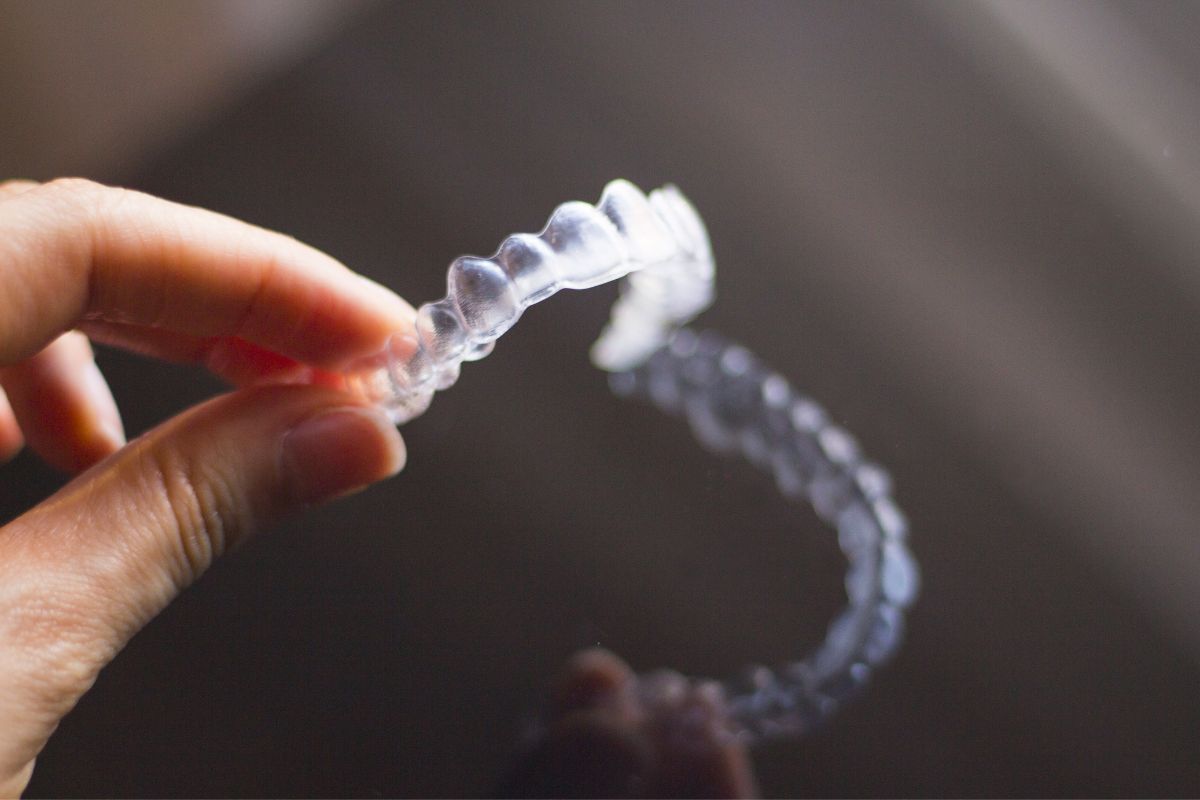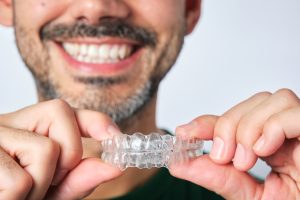Orthodontists are dental professionals who specialize in the diagnosis, prevention, and treatment of dental and facial irregularities. These irregularities, also known as malocclusions, can be caused by a variety of factors such as genetics, habits like thumb sucking, and accidents that can affect the normal development of the teeth and jaw.
Orthodontic treatment can involve the use of braces, which are devices that apply continuous pressure to the teeth to move them into their proper position. In the past, braces were made of metal and were highly visible, which made many people self-conscious about wearing them. However, advances in orthodontic technology have led to the development of invisible braces, which are a more discreet option for straightening teeth.
One type of invisible brace is called ALINA. These braces consist of a series of clear, plastic aligners that are custom-made for the individual patient. The aligners are designed to fit snugly over the teeth and apply gentle pressure to move the teeth into their proper position. One of the main advantages of ALINA is that they are nearly invisible, making them a more cosmetic option for adults who are concerned about the appearance of traditional metal braces.
Another type of invisible brace is called lingual braces. These braces are similar to traditional metal braces, but instead of being attached to the front of the teeth, they are attached to the back of the teeth. This makes them invisible when the patient smiles or talks, making them a good option for people who are self-conscious about the appearance of braces.
ALINA and lingual braces have some benefits over traditional metal braces. They are more discreet and may be more comfortable for some patients because they do not have the rough edges that can irritate the gums and cheeks. However, they may not be suitable for all orthodontic cases and may require more frequent visits to the orthodontist for adjustments.
Orthodontic treatment can take several months or even years, depending on the severity of the malocclusion and the specific treatment plan. It is important for patients to follow the instructions of their orthodontist and wear their braces as directed in order to achieve the best possible results.
After the orthodontic treatment is complete, the patient may need to wear a retainer to help maintain the new position of the teeth. Retainers are usually worn at night and can be made of plastic or wire.
Orthodontic treatment can be an effective way to correct dental and facial irregularities and improve the appearance and function of the teeth. Invisible braces are a discreet option that can be a good choice for adults who are self-conscious about the appearance of traditional metal braces. If you are considering orthodontic treatment, it is important to consult with an orthodontist to determine the best course of action for your specific needs.






